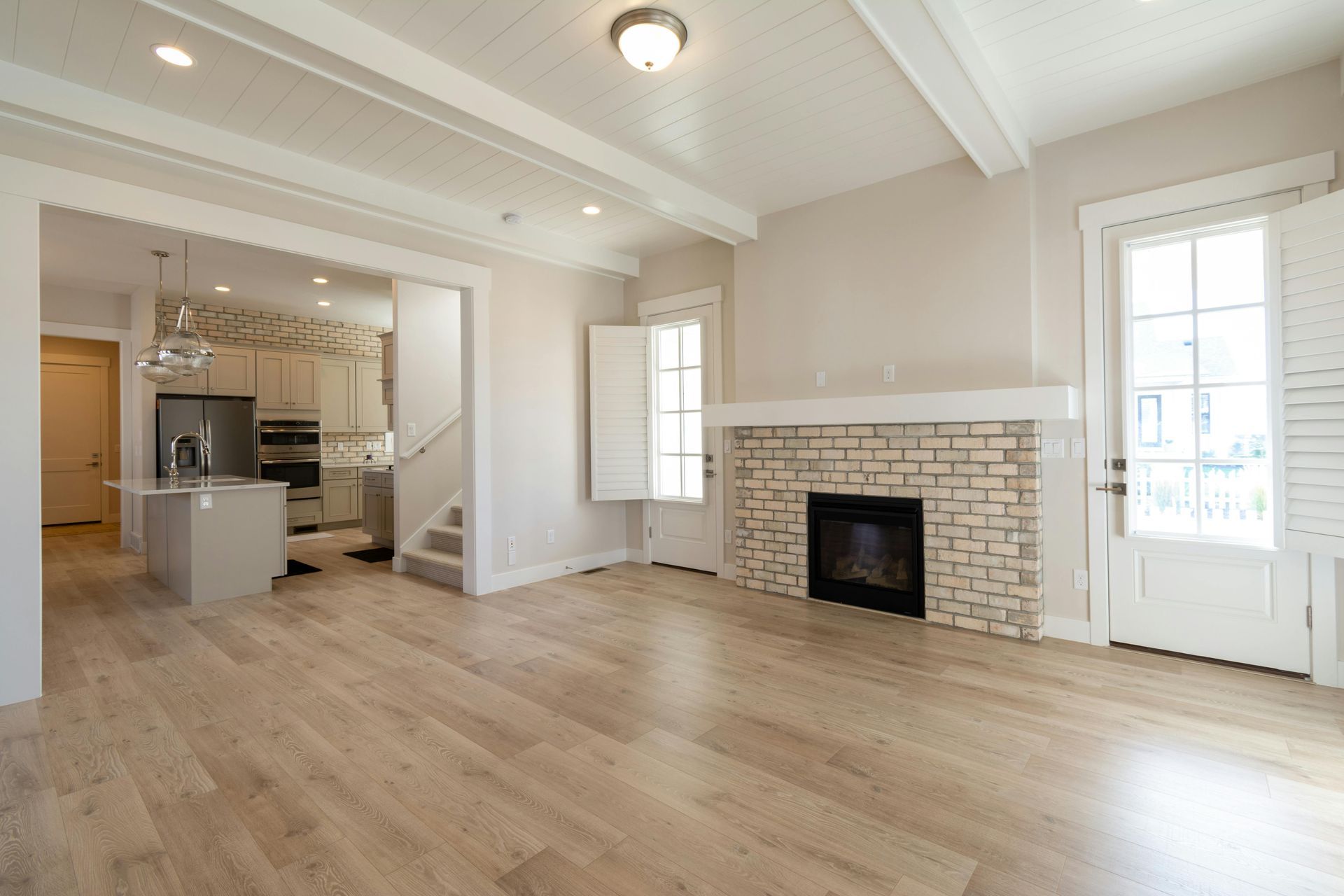Home Renovation Tips for Every Budget: Achieving High-Quality Results Without Breaking the Bank
Smart Strategies to Transform Your Home Without Breaking the Bank

Renovating your home can be an exciting way to breathe new life into a space. Whether you're looking to enhance your living environment, increase your home’s value, or simply create a fresh, updated look, renovations can make a huge difference. However, many homeowners worry that a high-quality renovation will cost more than they can afford. The good news is, you can achieve excellent results on almost any budget—it's all about planning, smart choices, and understanding when to DIY and when to hire professionals.
In this blog, we’ll explore how to renovate on a budget, whether DIY is right for you, and how to budget for unexpected costs so you can renovate without breaking the bank.
1. Achieving High-Quality Results on a Tight Budget
Renovating on a budget doesn’t mean sacrificing quality. The key is in the details and making smart, strategic decisions about where to spend and where to save.
A. Prioritise Your Renovation Goals
Start by identifying the areas in your home that need the most attention. Are you dealing with outdated appliances, worn-out flooring, or a cramped kitchen? Focus on the most impactful areas that will give you the most bang for your buck. For example:
- Kitchens and bathrooms are often the best places to start, as they tend to add the most value to your home.
- Paint and finishes can make a huge difference in how a room looks without requiring a large investment.
- Lighting and fixtures can instantly modernize a space.
B. Reuse and Repurpose Materials
Instead of tearing everything out and starting from scratch, consider refinishing or reusing materials. You’d be surprised how a fresh coat of paint on cabinets or a new backsplash can transform a space.
- Refinish hardwood floors instead of replacing them.
- Paint cabinets instead of replacing them with brand-new ones.
- Use repurposed materials like reclaimed wood, which is often cheaper than new materials and adds character to your space.
C. Shop Smart for Materials and Supplies
Instead of buying everything new at full price, try looking for discounts or secondhand materials. Many home improvement stores offer sales, and online marketplaces (like Facebook Marketplace or Craigslist) often have great deals on gently used items.
- Look for clearance items like tiles, lighting, or flooring that are being sold at a fraction of their original cost.
- Check out thrift stores and salvage yards for materials like doors, windows, or furniture.
D. Focus on Cosmetic Upgrades
Cosmetic renovations can provide an updated, modern look without requiring a massive investment. A fresh coat of paint, updated hardware, new light fixtures, or a few decorative accents can significantly improve the appearance of any room without requiring heavy-duty renovations.
2. DIY Renovations vs. Hiring Professionals
One of the biggest decisions you’ll face when renovating your home is whether to take the DIY route or hire professionals. There are pros and cons to each approach, and the right choice depends on the complexity of the task, your skill level, and your budget.
A. When to Go DIY
If you’re looking to save money and you have the time and ability, DIY can be a great option for certain home improvement projects. Some DIY-friendly tasks that can yield fantastic results include:
- Painting walls and cabinets: With the right tools and prep work, you can achieve professional-looking results.
- Installing new flooring: Certain types of flooring, like laminate or vinyl, are relatively easy to install yourself.
- Simple tiling: If you’ve got a steady hand and patience, small tiling jobs (like backsplashes) can be tackled with DIY know-how.
- Landscaping: Creating new garden beds, planting trees, or updating your yard can all be done on your own with a bit of effort.
Before you decide to take on a DIY project, ask yourself the following:
- Do you have the skills and experience to complete the job successfully?
- Will this project require specialized tools or equipment that you don’t have?
- Is this project a safety risk (e.g., electrical, plumbing, or structural work)?
B. When to Hire a Professional
Some tasks are simply too complicated or dangerous to tackle on your own. In these cases, it’s worth the investment to hire an experienced professional to get the job done right. These include:
- Plumbing and electrical work: These tasks require certifications and safety precautions. DIY errors can be costly and dangerous.
- Structural changes: Moving walls or altering the layout of your home usually requires a licensed contractor to ensure the structural integrity of your home.
- Complex flooring: While simple flooring installation can be DIY, more complex projects like hardwood or intricate tile patterns may be better left to a pro.
- Kitchen and bathroom renovations: These can get complex quickly, especially when it comes to plumbing, cabinetry, and finishes.
Hiring a professional may be more expensive upfront, but it ensures that the job is done properly, which can save you money in the long run by avoiding mistakes or potential repairs down the line.
3. Budgeting for Unexpected Costs in Home Improvement
No matter how well you plan your renovation, there’s always a chance that unexpected costs will arise. It’s essential to have a buffer in your budget to handle these surprises without derailing your entire project.
A. Add a Contingency Fund to Your Budget
As a general rule of thumb, set aside 10-20% of your total renovation budget for unexpected expenses. This can cover things like:
- Discovering water damage behind walls.
- Finding mold or asbestos that needs to be remediated.
- Encountering issues with old electrical wiring or plumbing that need to be addressed.
- Upgrading materials or finishes mid-project.
B. Plan for Permit and Inspection Costs
Some renovations, especially structural changes, may require permits or inspections. Make sure to budget for these, as costs can vary depending on your location and the nature of the work. Ignoring this step can lead to delays or fines later on.
C. Don’t Forget Labor Costs
Even if you're doing most of the work yourself, some projects may require hiring specialists or subcontractors for certain tasks. Be sure to account for these labor costs when budgeting, especially if you're working with professionals for any aspect of the renovation.
Final Thoughts: Renovating Without Breaking the Bank
Home renovation doesn’t have to be an expensive, stressful process. By setting realistic goals, making smart material choices, and knowing when to DIY vs. hire a pro, you can create the home of your dreams without breaking the bank. Remember to budget for unexpected costs, shop around for materials, and take your time to plan each step carefully. Renovating your home should be an exciting, rewarding experience, and with the right approach, you can achieve high-quality results on any budget.
Happy renovating!



